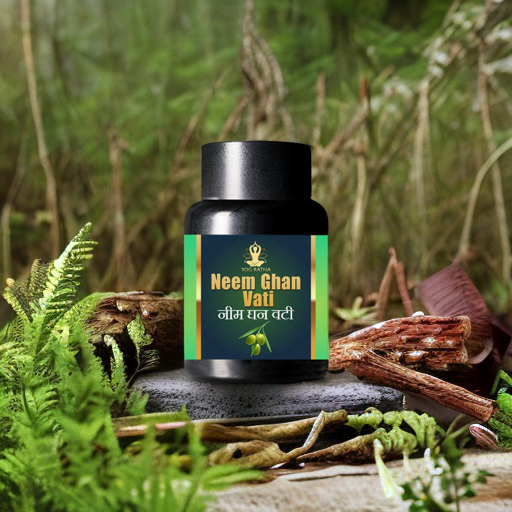Introduction:
Azadirachta indica, commonly known as neem in India, is also called ‘Margosa’ or ‘Indian Lilac’. It is the most versatile, diverse (different varieties of species) tree in the tropical region (hot regions), that might have medicinal potential. Neem has a lot of beneficial non-wood products like flowers, leaves, fruits, bark, gum, oil, seeds, and neem cake (residue left over after oil is pressed from neem seeds). It is thus considered the most useful tree in comparison to all other tree species.1
In neem vati is called ‘arista’ which means ‘perfect, complete and imperishable.1 ‘Nimba’ is the Sanskrit name of neem and is derived from the term ‘nimbati swasthyamdadati’ which means ‘to give good health’. Even the Persians have named neem as which implies ‘Free tree of India’. It shows remarkable potential in the fields of environment protection, pest management, and medicine. Neem might be a natural source of pesticides, insecticides, and agrochemicals apart from having potential health uses.1
Nutritional Value of Neem:
Leaf meals from some tropical legumes have been explored due to the need to look for alternative sources of food for humans and feed for livestock. Neem leaf meal was analysed in a study that found that it has 18.10% crude protein and relatively high crude fibre of about 15-56%. Though the gross energy content was high at 4.16 kcal/g, the metabolizable energy is low.
Non-ruminant animals might also benefit from leaf meal from neem plants as a source of protein, vitamins, minerals, and carotenoids.2
Properties of Neem:
Neem, due to its potential properties, has been used in Ayurvedic medicine for more than 4000 years. Neem products have several properties and might have applications in various fields making neem a green treasure.
- It may have anti-allergenic activity
- It may have anti-dermatic activity and may be helpful for skin diseases like acne eczema, psoriasis
- It may have anti-inflammatory activity
- It may have antipyretic activity (fever-reducing)
- It may have anti-scabies activity and may be helpful for scabies, an itchy skin condition
- It may have anti-diabetic activity
- It may have an anti-cancer potential
- It may have diuretic activity and may help the body get rid of extra fluid (by making more urine)
- It might have an insecticidal activity and may help in destroying or controlling insects
- It may have larvicidal activity and may help in killing larval pests
- It may have nematocidal activity and may help to kill nematodes (worms that live in soil)
- It may have anti-microbial activity and may help fight infection3
Let me tell you a secret! While highlighting the numerous health advantages of neem components and extracts, neem may lead to few problems too! I have read an article that says over-consumption of neem or its extracts might have ill health effects, notably on the liver and kidneys. From my perspective, the consumption of neem might be done only after the physician’s consent.
Potential uses of Neem:
Potential uses of Neem for Inflammation and Arthritis:
Studies have shown that a chemical found in neem, called nimbidin, might possess anti-inflammatory and anti-arthritic activity. Nimbidin might help inhibit the inflammatory action of macrophages and neutrophils. Neem might aid in lowering inflammation and might help reduce associated swelling and pain. It might also be helpful for rheumatoid arthritis, a disease characterised by inflammation and pain in the joints and muscles due to auto-immune reactions.3 However, more research is required. Kindly consult a doctor.
Potential uses of Neem for Infections:
Viral infections: Neem might help with dengue fever by possibly stopping the growth of the dengue virus. It might interfere with the replication of the coxsackie B virus, a group of viruses that causes ailments ranging from stomach upset to full-fledged infections in humans. Neem leaf has traditionally been used for viral diseases such as chickenpox and smallpox as well. However, more studies are required to prove such claims.
when they were in their early 30s, and their lives have been shaped to a large extent by that earlier pandemic.
Before a medicinal product can be placed on the market it requires a marketing authorisation or registration. In order for these to be granted, the pharmaceutical entrepreneurs have to submit the corresponding applications. Depending on the nature of the project, different types of applications for marketing authorisation are available. The following pages provide information regarding the respective requirements
This evidence must be based on a detailed scientific bibliography covering all relevant preclinical and clinical aspects of the medicinal product. For this reason, this form of application is also referred to as a “bibliographical application”.
In addition to the content, the nature of the literature sources is also decisive, as the submitted literature must be freely available in the public domain and published by a reputable source. Therefore, data from own preclinical and clinical trials may not be taken into account in the discussion of a bibliographic application

